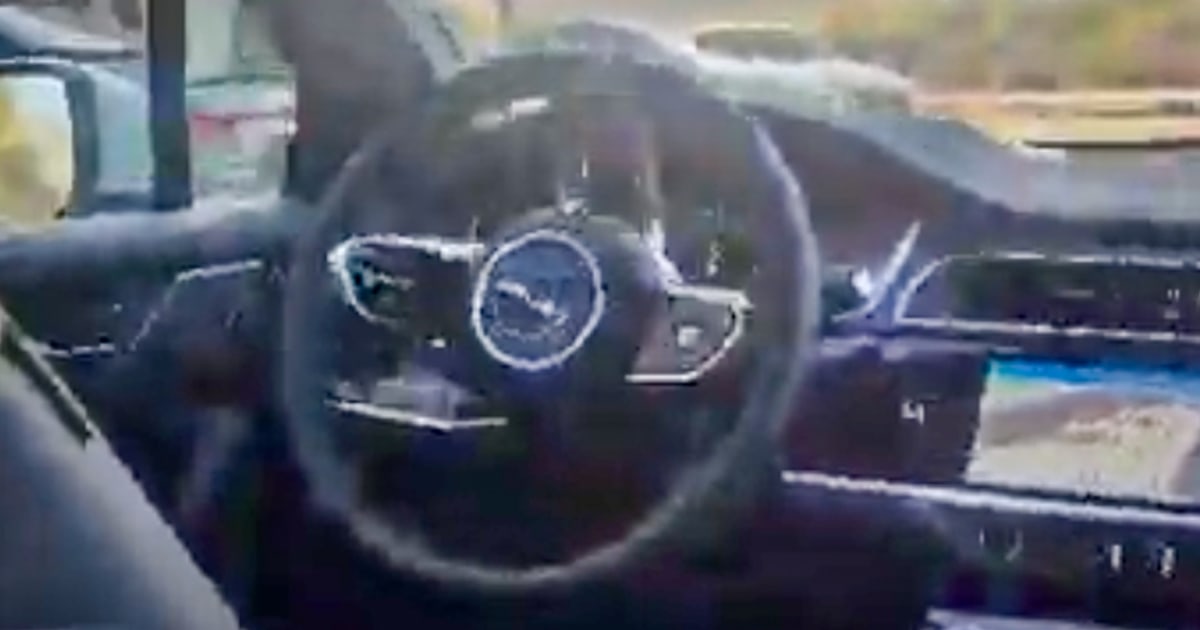Waymo’s Driverless Robotaxi: A Passenger’s Unexpected Experience
In a world where technology continuously pushes the boundaries of what’s possible, Waymo’s driverless robotaxi service stands as a testament to innovation in transportation. However, as one passenger recently discovered during a ride from the airport, the experience of riding in a self-driving car can sometimes take a surprising turn. This incident not only left the passenger feeling disoriented but also sparked a broader conversation about the reliability and safety of autonomous vehicles, especially in bustling environments like airports.
The Journey Begins: Anticipation and Excitement
As the passenger, let’s call her Sarah, stepped out of the airport terminal, she felt a mix of excitement and apprehension. Having heard about Waymo’s advances in autonomous driving technology, she was eager to experience it for herself. The convenience of a driverless robotaxi seemed appealing, especially after a long flight. With a few taps on her smartphone, she booked her ride and awaited the arrival of the sleek, self-driving vehicle.
Upon its arrival, Sarah was struck by the vehicle’s modern design—minimalistic yet futuristic. Climbing inside, she marveled at the absence of a driver. The interior was equipped with user-friendly technology, and the ride began smoothly. The car navigated through the airport traffic with precision, and Sarah felt a sense of reassurance as she watched the surrounding cars and pedestrians being expertly avoided.
The Unexpected Twist: A Disorienting Detour
However, halfway through her journey, the car took an unexpected turn. Instead of continuing on the expected route toward her destination, the vehicle suddenly veered off course, entering a less familiar area of the airport complex. Sarah’s initial excitement quickly turned to confusion as she noticed the change in scenery. What was supposed to be a straightforward ride morphed into an unexpected detour that left her questioning the reliability of the technology.
- Was there a glitch in the navigation system?
- Had the car misinterpreted the data from its sensors?
- Was the lack of a human driver exacerbating the situation?
As the robotaxi navigated unfamiliar roads, Sarah’s anxiety grew. While the vehicle’s safety features were designed to handle various scenarios, the unpredictable nature of airport traffic can be challenging even for seasoned human drivers. At this moment, she felt vulnerable, questioning whether the technology was truly ready for such complex environments.
The Technology Behind Waymo’s Robotaxi
Waymo’s driverless robotaxi service utilizes a sophisticated array of technology, including high-definition maps, advanced sensors, and artificial intelligence algorithms. These systems are designed to perceive and interpret the vehicle’s surroundings, making real-time decisions to ensure a safe journey. However, despite these advancements, there are inherent challenges in navigating dynamic environments like airports where pedestrians, vehicles, and constantly changing conditions come into play.
It’s essential to recognize the complexities involved:
- High Traffic Volume: Airports are bustling hubs of activity, making it difficult for any vehicle to anticipate every movement.
- Variable Conditions: Weather, construction, and special events can impact traffic patterns and safety.
- Human Behavior: The unpredictable nature of human actions can pose challenges for autonomous systems.
While Waymo’s technology is among the most advanced in the industry, incidents like Sarah’s highlight the ongoing need for improvement and adaptation.
After the Ride: Reflection and Insights
Once the ride concluded, Sarah arrived at her destination, albeit a bit late and shaken. The experience prompted her to reflect on the reliability of autonomous vehicles. While she appreciated the innovative technology, her ride raised critical questions about safety and efficacy. Was she ready to fully trust a robotaxi, especially in high-stress environments like an airport?
This incident is not just about one passenger’s experience; it signifies a broader dialogue about the future of transportation. As autonomous vehicles become more prevalent, their integration into everyday life raises essential considerations:
- Safety Protocols: What measures are in place to ensure passenger safety during unforeseen circumstances?
- Public Perception: How do experiences like Sarah’s shape the public’s trust in autonomous technologies?
- Regulatory Framework: What regulations need to be established to govern the use of driverless vehicles in complex environments?
Waymo’s Response and Future Outlook
In response to the incident, Waymo emphasized its commitment to safety and continuous improvement. The company has been gathering data from its rides to refine its algorithms and enhance the vehicle’s ability to navigate challenging situations. They recognize that feedback from passengers is invaluable in addressing shortcomings and building trust in their technology.
Looking ahead, the future of driverless robotaxis is promising, but it requires ongoing dialogue between developers, regulators, and the public. As self-driving technology advances, so too must our understanding of its limitations and potential. This incident serves as a reminder that while technology can greatly enhance our lives, it is still a work in progress, especially in complex environments like airports.
Conclusion: Embracing the Journey Ahead
Sarah’s experience in Waymo’s driverless robotaxi illustrates the dual nature of technological advancement: the excitement of innovation juxtaposed with the challenges of real-world application. As we embrace the future of transportation, it’s crucial to maintain a balanced perspective—championing the potential of autonomous vehicles while remaining vigilant about their limitations. The road to fully autonomous driving is undoubtedly complex, but with each ride, we move closer to a future where technology and human experience can harmoniously coexist.
See more Future Tech Daily

